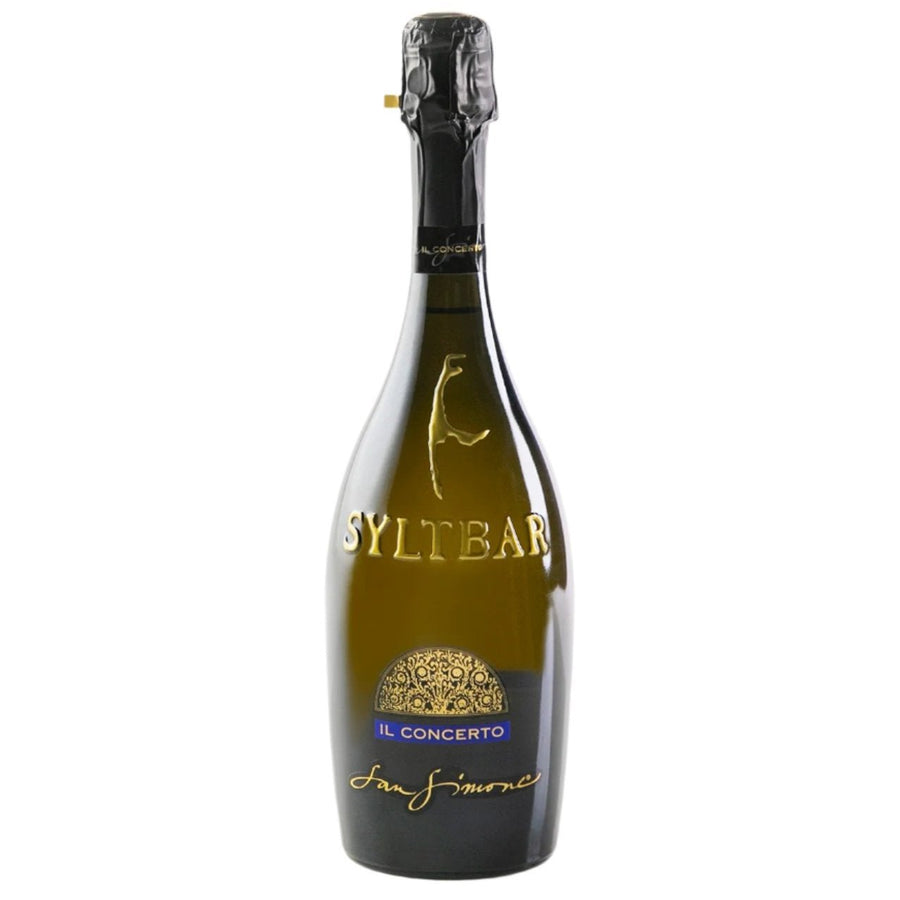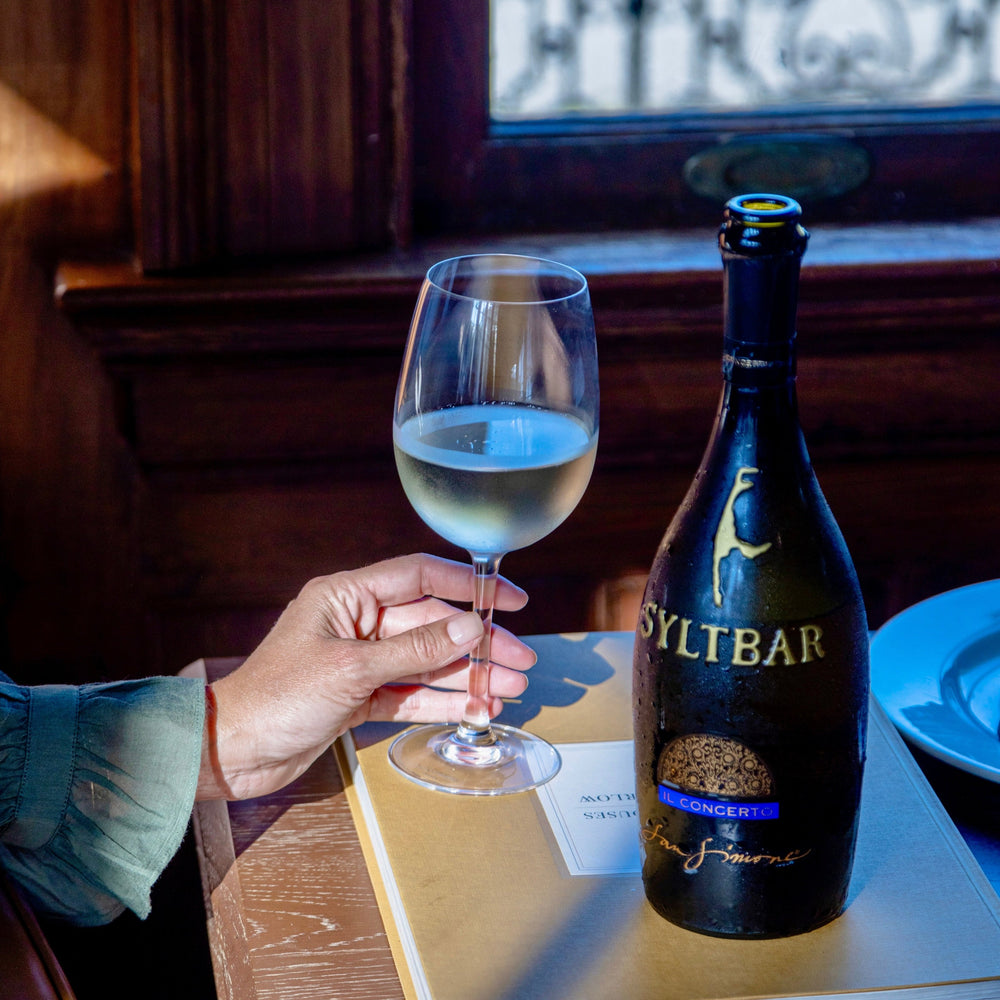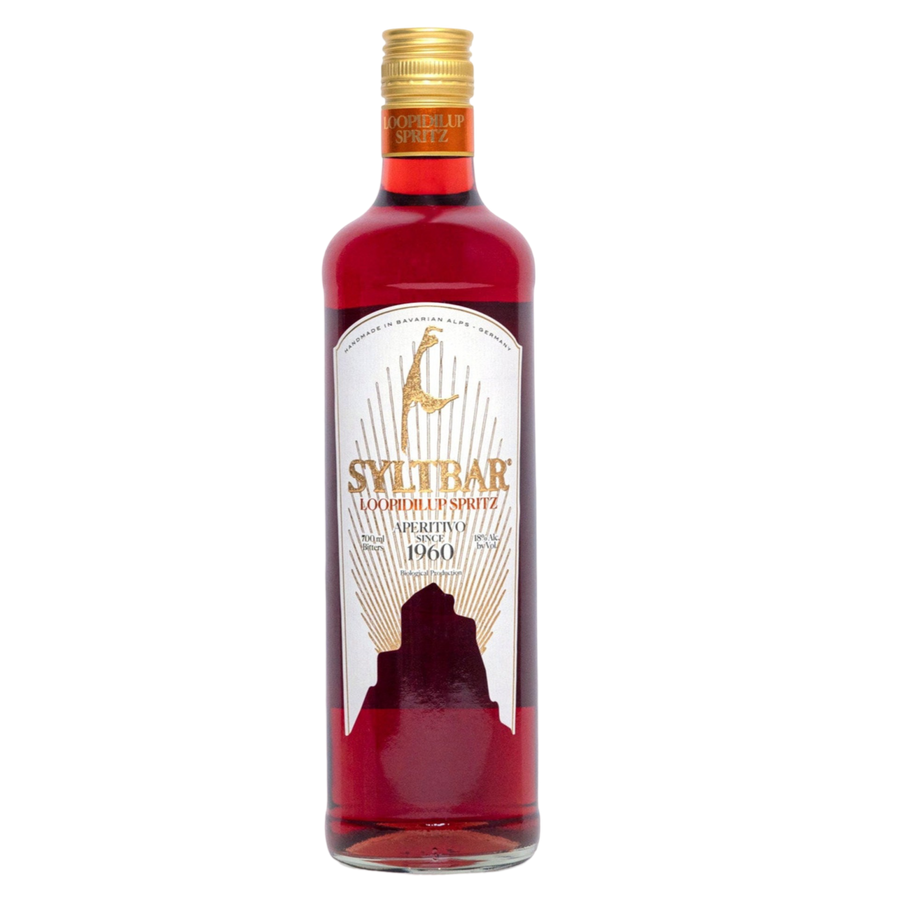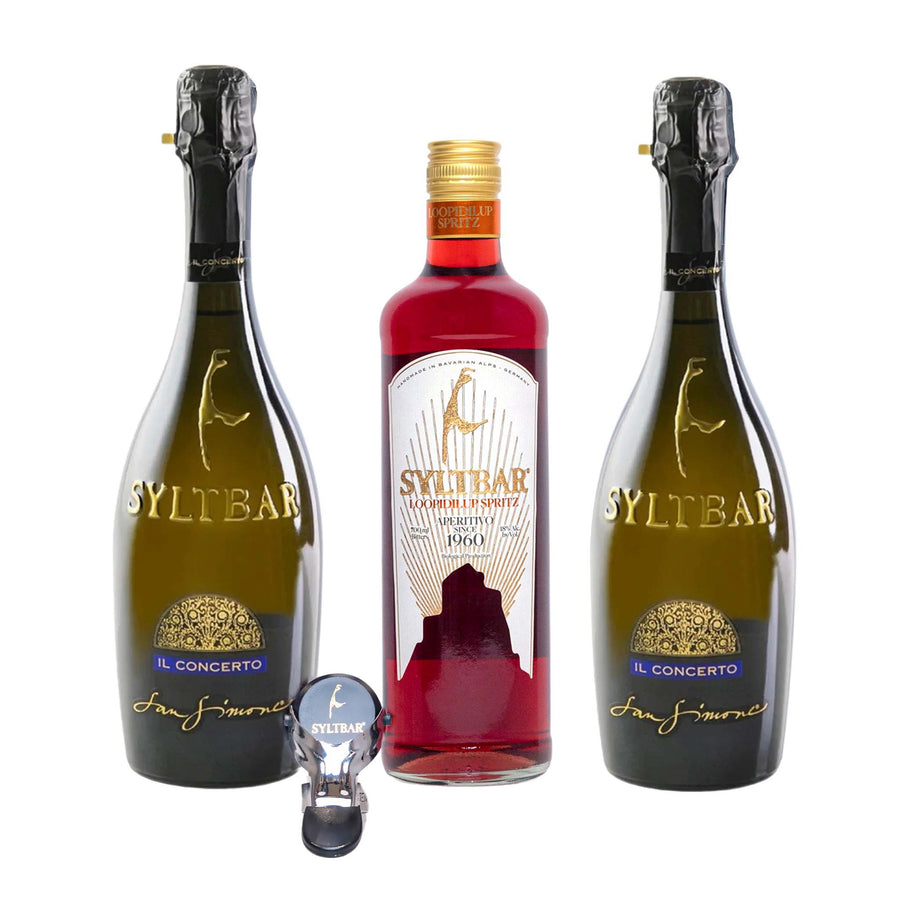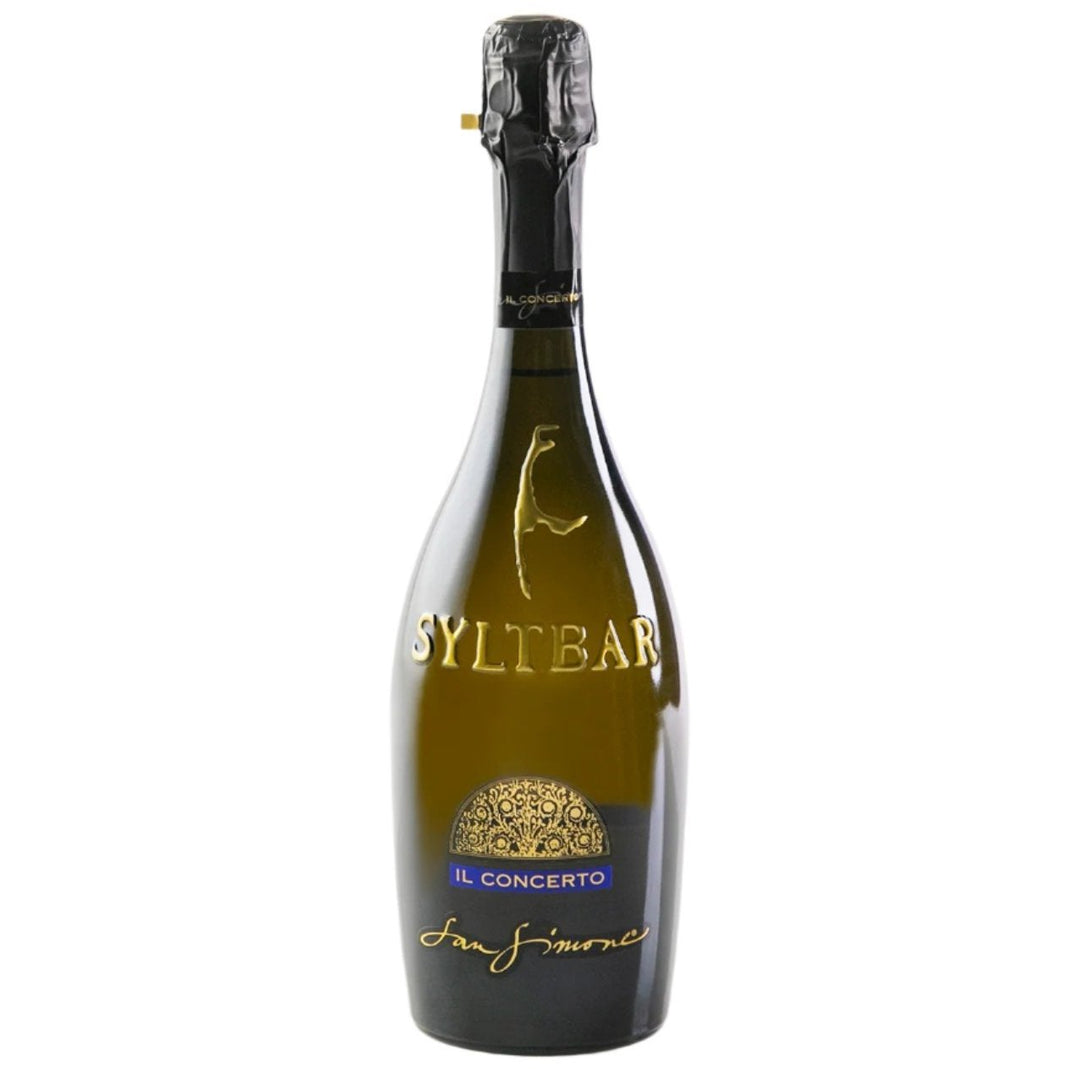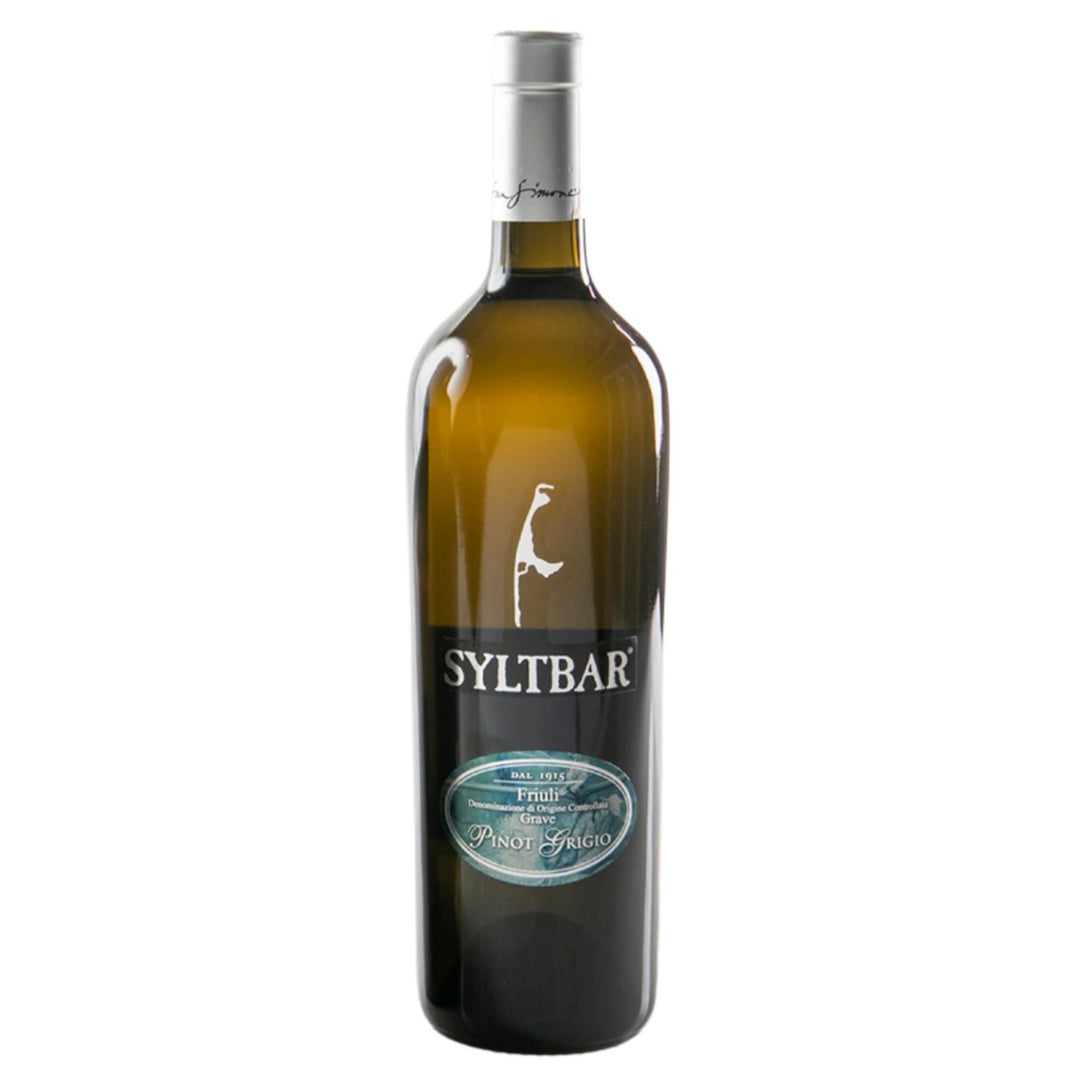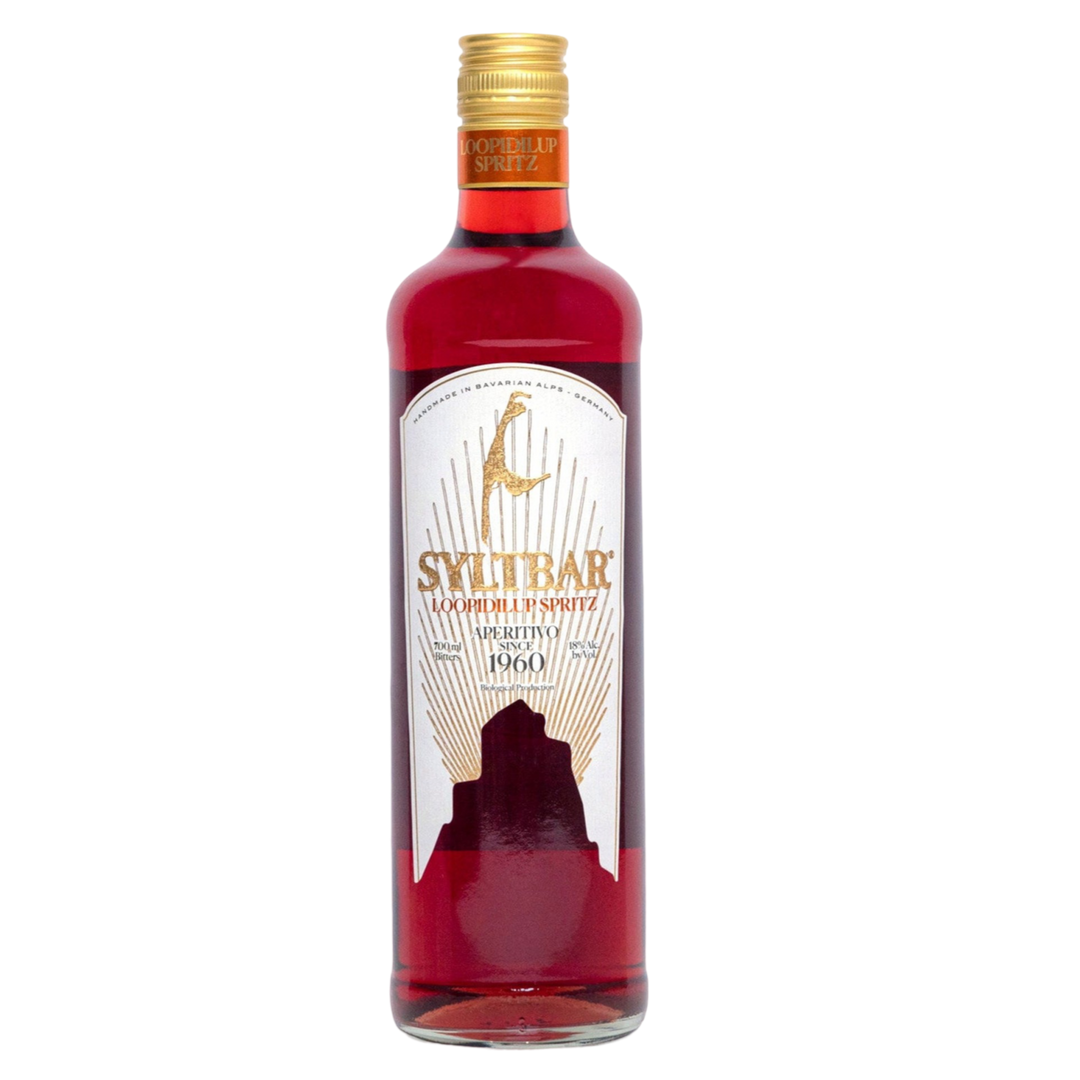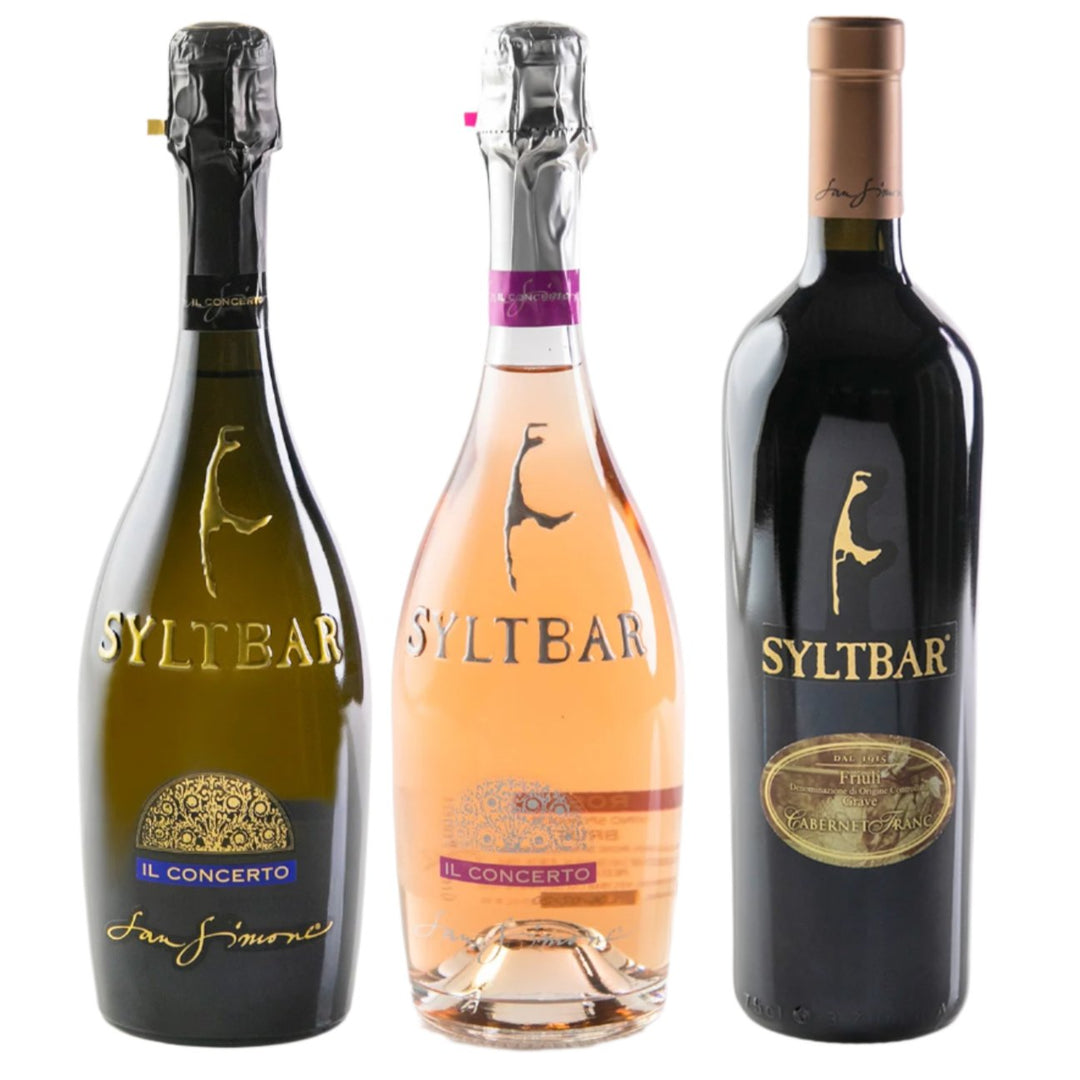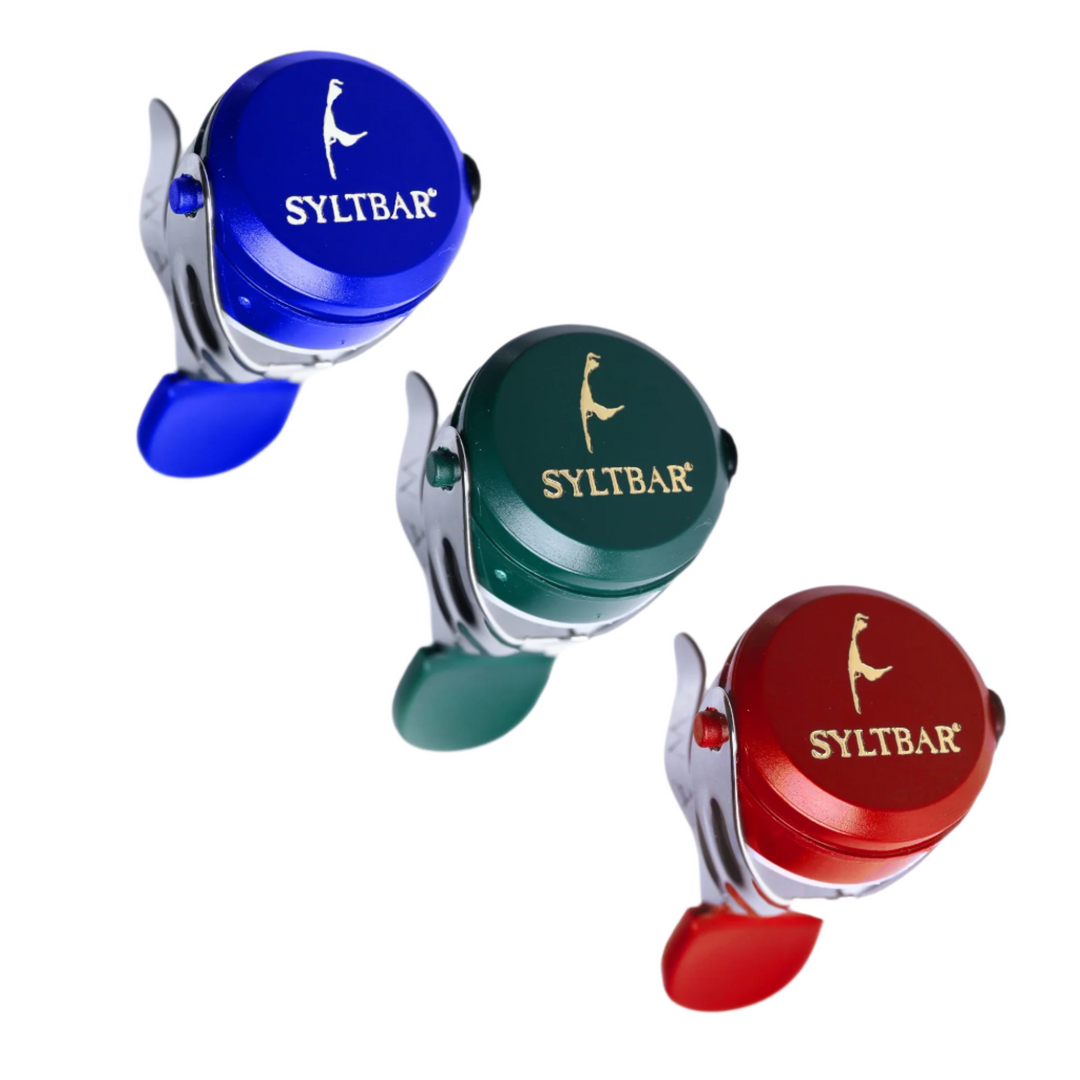SYLTBAR Cabernet Franc our Cashmere from Friuli, Italy made of 100% Carmenere Grapes
Brief History of Cashmere (Carmenere)
Let us first of all explain the history of the Carmenere Grape which today is mostly connected with Chile in South America. The 24th of November is the International Day of Carmenere every year. Medoc is the origin of the grape which is a beautiful region of Bordeaux in France. At the end of the 19th Century, a lot of French winemakers especially from that region wanted to fulfill their dream by sailing to South America and produce wine there. One of the countries they targeted was Chile.
The Bordeaux region is very well known for five vine grape varieties: Cabernet Sauvignon, Merlot, Cabernet Franc, Petit Verdot, and Malbec. About 300 years ago the Carmenère Grape played an important role in the blended Medoc wines. Today you find Carmenere still in France but it is produced in much smaller quantities compared to the past centuries. Two well known quality regions are Haut Medoc and Pauillac.
Still today Chile has a much higher profile for Carmenere compared to France. Unfortunately what happened in Chile at the end of the last Century was the fact that Merlot and Carmenere plantings were put together and its grapes were harvested and processed together which lead to a decreased quality of the vines. The reason for it is the fact that both grape varieties ripen differently. Merlot needs much less time than Carmenere to fully develop its best age. Combining the two definitely can lead to the fact that Merlot is overripe and the Carmenere lacks flavor profile and acidity. So it is very important for winemakers especially in South American countries like Chile to first of all identify the vines and separate it from other grape varieties to achieve the best quality.
Let’s get back to the Carmenere story a bit more in detail. It is well known that the grape variety is a mixture of Cabernet Franc and Gros Cabernet, which originates from the Northeastern Spanish Basque and the Southwestern French region. In that Spanish area a grape called Txakoli ( used to produce Spanish Red and Rose wines ) is very well known and it is very closely related to the Carmenere grape. It can be concluded that Carmenere is a child and grandchild of Cabernet Franc. Writing about family trees we should add the fact that Cabernet Franc is also a parent to Cabernet Sauvignon and Merlot.
So remembering the French winemakers who left their home soil to produce wine in Chile were not the only ones who were mistaking the Camenere grape for something else. In the Northeastern part of Italy it was found out lately that a lot of Cabernet Franc plantings are Carmenere ones. Even in Asia where winemakers called their wine mixed Cabernet but it is at the end of the day Carmenere.
Where in Chile can one find a lot more Carmenere compared to Bordeaux ?
The most well known areas for finding Carmenere are the Rapel Valley ones of Cachapoal and Colchagua. In Bordeaux, Carmenere dominates red-wine blend production in that part of France.
On top of that Carmenere is also known for varietal wines such as the Marquis Attraction. They are famous in the US where wine enthusiasts enjoy it at any price point.
What is the key factor in order to achive the best Carmenere quality ? It is without a doubt the ripeness of it. When it is harvested at the right time Carmenere can develop a full red fruit with very smooth notes of pepper as well. A lack of acidity is the result of overly ripe Carmenere grapes. The very good news is that Chilean winemakers are experienced enough in order to develop all the beautiful details of this grape to finally capture it in the bottle.
Carménère has celebrated 20 years as an officially recognized variety in Chile in 2018. In 1996, Viña Carmen was the first winery in Chile to release a Carménère wine, but did so under the name of Grande Vidure, since the Carménère variety was not inscribed at the Ministry of Agriculture or approved by law until 1998.
Top Carmenere Wines from Chile
Here are the Carménère wines ( from some of Chile’s largest producers ) that consistently top the Wine Spectator, Wine Enthusiast and Wine Advocate charts:
- “Herencia” by Santa Carolina: A 100% Carménère wine from Peumo in Cachapoal Valley.
- “Alka” by Francois Lurton: A 100% Carménère wine located in Lolol in Colchagua Valley.
- “Carmín de Peumo” by Concha y Toro: About 85% Carménère blended with Cabernet Sauvignon and Cabernet Franc, from Peumo in Cachapoal Valley.
- “Kai” by Vina Errazuriz: 95% Carmenère and 5% Syrah from the Aconcagua Valley.
- “Purple Angel” by Montes: 92% Carménère and 8% Petit Verdot from Marchigüe and Apalta areas in Colchagua Valley.
The Technicality with Carmenere Wines.
While almost extinct in France due to poor fruit set and late ripening, Carmenere has well adapted to the Chilean climate and soil where it has become the flagship red wine grape with more than 10,000 hectares planted in most valleys throughout the country. Brought to Chile in the 1850s with other Bordeaux grapes just before phylloxera hit Europe, it was wrongly identified as Merlot until 1994 when the French ampelographer Jean Michel Boursiquot and, few years later, DNA fingerprinting determined that the “Merlot Chileno” was instead Carmenere.
A similar situation occured in Italy where it was confused with Cabernet Franc until 1994. Carmenere grapes were registered in North East of Italy under the name of “Cabernet Franc” and this law still exists. We have to conform by the presiding law of wine labelling under our appellation.
So even though our Sugano wine is 100% Carmenere grape, we cannot declare Carmenere on the wine label, but use "Cabernet Franc" as it is registered.
The taste of the SYLTBAR Cashmere is dynamic, at the start characterized by very present tannins which are not unpleasant; on the contrary, it is optimally balanced in an overall sense of harmony and roundness, giving an aromatic finish, with slightly fruity fragrances. SYLTBAR Cashmere goes very well with dishes such as roast red meat, game, remarkable Pitina Della Val Tramontina and stuffed guinea fowl.
Explore more
Share this
Featured product
Featured product
It is time for SYLTBAR order now!
Join SYLTBAR mailing list
Sign up to receive delightful emails with deals, tips & more
or text CONNECT to 1-833 461-3379
MIGHT TAKE UP TO A MINUTE TO RECEIVE CODE TEXT! By texting CONNECT to us, you consent to receive marketing text messages through an automatic telephone dialing system at the number provided. Consent is not a condition to purchase. Text STOP to unsubscribe or HELP for help. Msg and data rates may apply. Read our privacy policy
SYLTBAR
Shop

*Total calories based on glucose and not by scientific testing. This statement has not been evaluated by the Food and Drug Administration. This product is not intended to diagnose, treat, cure, or prevent any disease.

